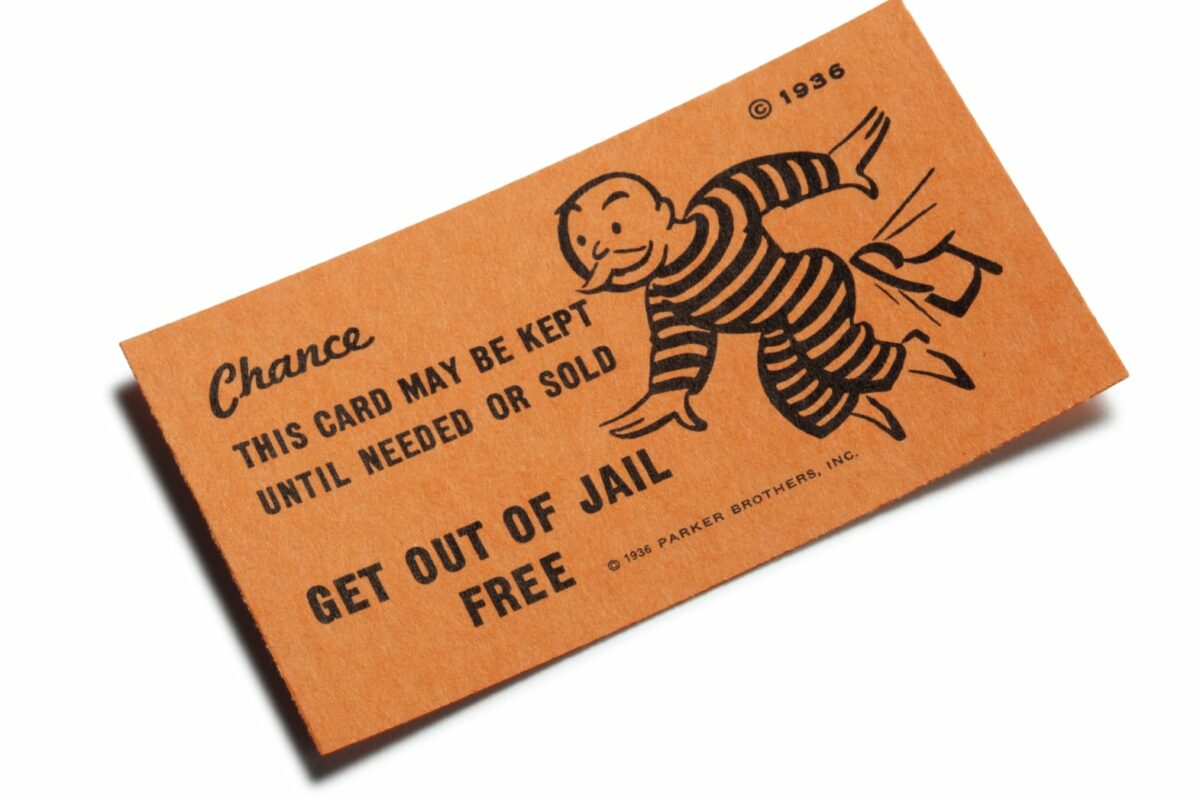Have you ever felt so overwhelmed by email that you wanted to just delete your email account and start over? If so, you are not alone.
Last week, I tweeted a link to one of my most popular blog posts ever, “Yes, You Can Stay on Top of Email.” Almost immediately, I received two email messages.
The first person said, “I really want to catch-up on email, but I have over twenty-one hundred unread messages in my inbox. Every time I think about trying to catch up, I want to cry. I don’t know where to begin!”
The second person expressed a similar sentiment. She confessed to having more than three thousand unread messages.
My advice was simple: declare email bankruptcy and start over. It’s not worth staying stuck in this state. It’s time for something radical.
You know it’s time for email bankruptcy when:
- You have more than five hundred unread email messages in your inbox.
- Your colleagues are complaining about your lack of responsiveness.
-
You have have had someone say more than once in the last week, “Did you get the email I sent to you? I haven’t heard back from you.”
-
You feel anxious or overwhelmed whenever you think about email.
Does this describe you? If so, here are seven steps to declaring email bankruptcy:
- Admit the truth. You are too far behind to catch up. Despite your periodic vows to the contrary, you are falling further and further behind. It’s time to do something major to get back on track. Say to yourself, I am declaring email bankruptcy.
-
Open your email program. Once you do this, immediately go offline. You need to “turn off the faucet, so you can drain the tub.” Email bankruptcy won’t take long—perhaps thirty minutes—but you can’t do it if you are constantly being pinged with new messages.
-
Sort your messages by name. Usually you can do this by clicking on the “From” field. Now scan down through the list until you come to messages from your boss, colleagues, or key customers.
Pick the two most recent messages from each and reply to those. But limit yourself to ten messages total. You don’t want to get stuck. If this takes more than fifteen minutes, immediately go to the next step.
-
Create a new “Processed Mail” folder. This is the only email folder you will ever need. I explain why in “Yes, You Can Stay on Top of Email.” For now, trust me. Create the folder under your primary inbox. If you are, using Gmail, just use the Archive folder.
-
Move all your messages into this folder. Begin by selecting all your messages (usually ⌘-A on the Mac or Ctrl-A on the PC). Mark them “Read” and drag them into your new Processed Mail folder or Archive.
Now look at your Inbox folder and take in the view. This is what an empty inbox looks like. By now, you should be feeling a twinge of hope.
-
Don’t worry about your unread messages. If a message is important, someone will ask you about it. If it wasn’t, you won’t.
You don’t need to explain that you have declared email bankruptcy. You don’t need to fib or make excuses. Simply say, “I’m sorry, I didn’t see that message. Would you mind re-sending it to me?”
-
Commit to the “inbox zero” strategy. Your goal is to have your email inbox completely empty by the end of each day. To do this, you will need to learn four new email skills. Again, I explain these in detail in “Yes, You Can Stay on Top of Email.”
Read this article and print it out for reference. Now turn your email back on and begin to practice what you have learned. The more you do it, the faster you will get. On average, I can process one hundred messages in thirty minutes.
Finally, like financial bankruptcy, you can’t declare email bankruptcy very often. It is an emergency procedure for dire circumstances.
The goal is not to evade your responsibilities but to wipe the slate clean, so that you can stay on top of your responsibilities going forward.
[uam_ad id=”46487″]
Disclosure of Material Connection: Some of the links in the post above are “affiliate links.” This means if you click on the link and purchase the item, we will receive an affiliate commission. Regardless, we only recommend products or services we use and believe will add value to our readers. We are disclosing this in accordance with the Federal Trade Commission’s 16 CFR, Part 255: “Guides Concerning the Use of Endorsements and Testimonials in Advertising.









